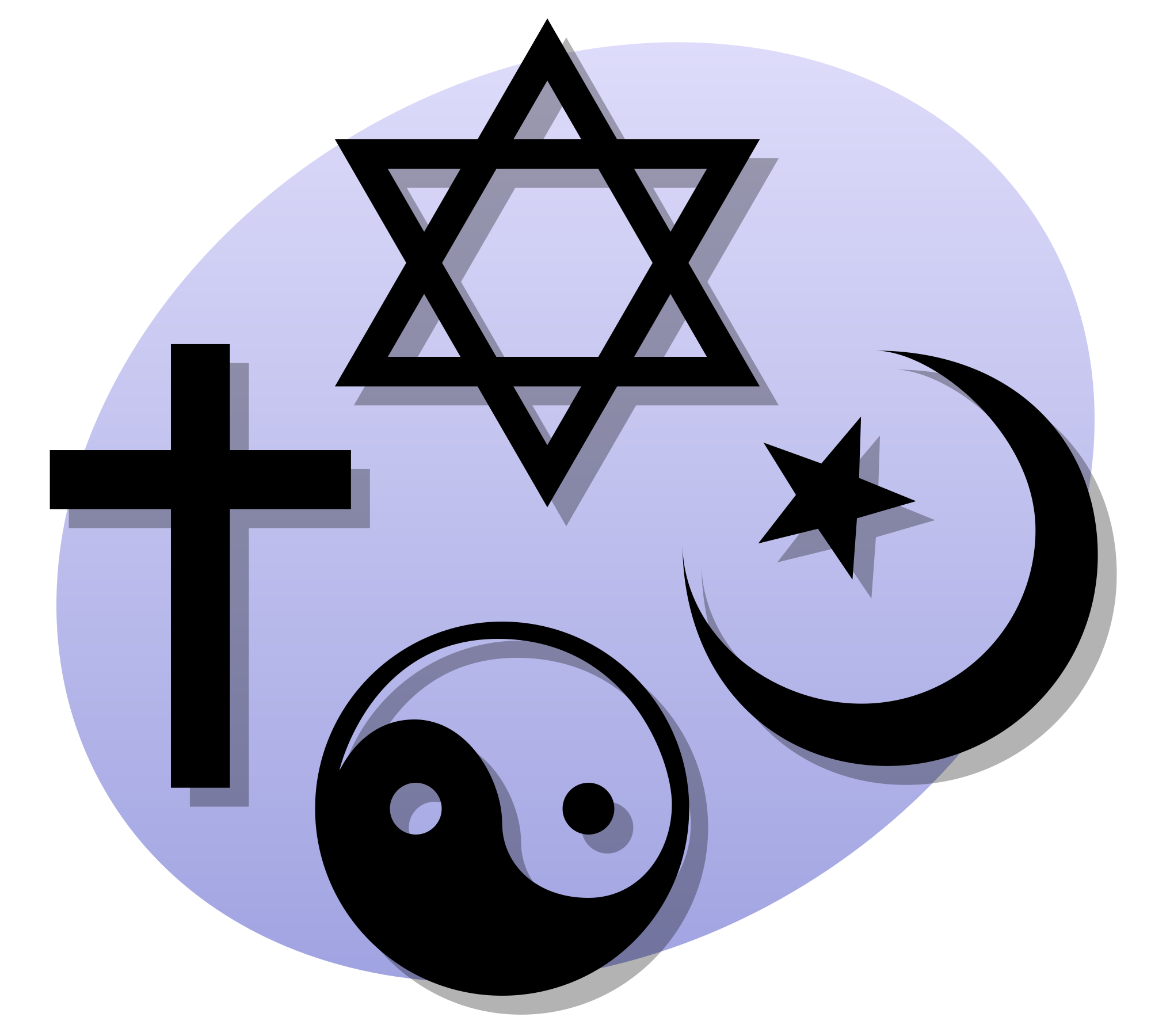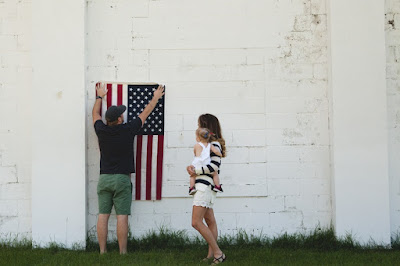See the other parts of this site for more about opportunities to receive the blessings of yoga. And now, something more ethereal, as a few days ago, I discovered this unposted blog letter from self...
➖➖➖➖➖➖➖➖➖➖➖➖
Incarnation and Bowing before the Buddha
by Jido Lee Ferguson There are persons who, ignoring or unaware of the societal rules against adopting more than one religion (rules also embedded in some religions by their founders), participate in spiritual rituals or ceremonies of more than one kind. This has led in some cases to people who have adopted more than one religion by going through initiatory rituals such as baptism, bar- or bat-mitzvah, or the taking of the Bodhisattva precepts. Such dually- or multiply-religioned persons are presented with difficulties other people of single faith do not face.
There are persons who, ignoring or unaware of the societal rules against adopting more than one religion (rules also embedded in some religions by their founders), participate in spiritual rituals or ceremonies of more than one kind. This has led in some cases to people who have adopted more than one religion by going through initiatory rituals such as baptism, bar- or bat-mitzvah, or the taking of the Bodhisattva precepts. Such dually- or multiply-religioned persons are presented with difficulties other people of single faith do not face. One of the difficulties of the multiply-religioned person is to reconcile the various physicalities of God, as described or implied in the prostration custom.
During meditation this morning in the presence of my spiritual guide, I was given to know that the physical manifestation of God is not reconcilable. That is to say, one bows only before the incarnation of the One God, whether Christ or Siva, and that bowing before the Enlightened Person is no more a sin than lighting candles in the meditation hall or sensing the beauty in a temple of another faith. Since only the mind of Omnisciece could know how many incarnations there have been of Being Itself, no one small mind can know this.
So when you bow, bow to the original form you are given, the Incarnation to which your small mind submits. Thus, in any hall you may bow to the Great Mind through visualizing your channel to the Divine. Further, even those who are unaware of Great Mind, such as atheists, do participate through language, song, and the other arts and sciences, in Life Itself. Leave to God that which is irreconcilable to small mind.
Bowing before the Buddha, clear and purify your mind.
So become a channel for Great Mind
to grant the many blessings of the devoted life.
to grant the many blessings of the devoted life.










